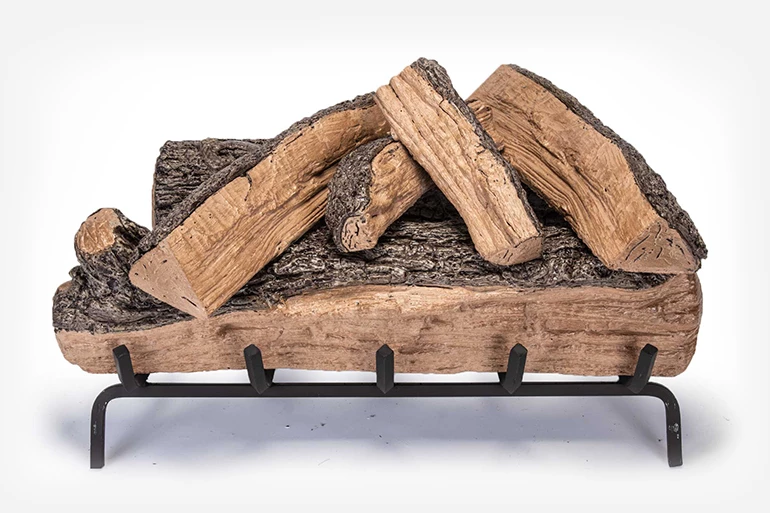Which Gas Logs Are the Right Size for Me?
Now that you've gone through the steps of making the really broad decisions in selecting your gas logs, it's time to get a little more specific. This is the point at which most gas log shoppers begin narrowing down the vast selections of ventless or vented gas logs based on things like fireplace size considerations, types of controls, pilot systems vs. manual gas valves, and others. On this page, we'll take a look at each of the factors that can really make a difference in choosing the right gas logs.
If you're going with ventless gas logs that come in their own cabinet you don't have to worry too much about the size. For the rest of you, though, selecting a set of gas logs that you like and that fits properly within your fireplace is a must. You can simply use the handy-dandy gas log calculator located here on eFireplaceStore.com, but let's run through some basic size considerations so you know exactly what you're looking for.


